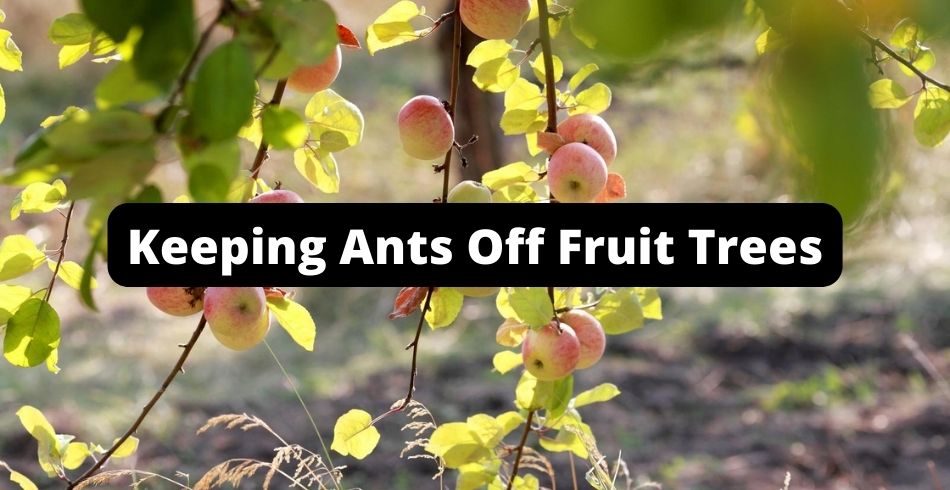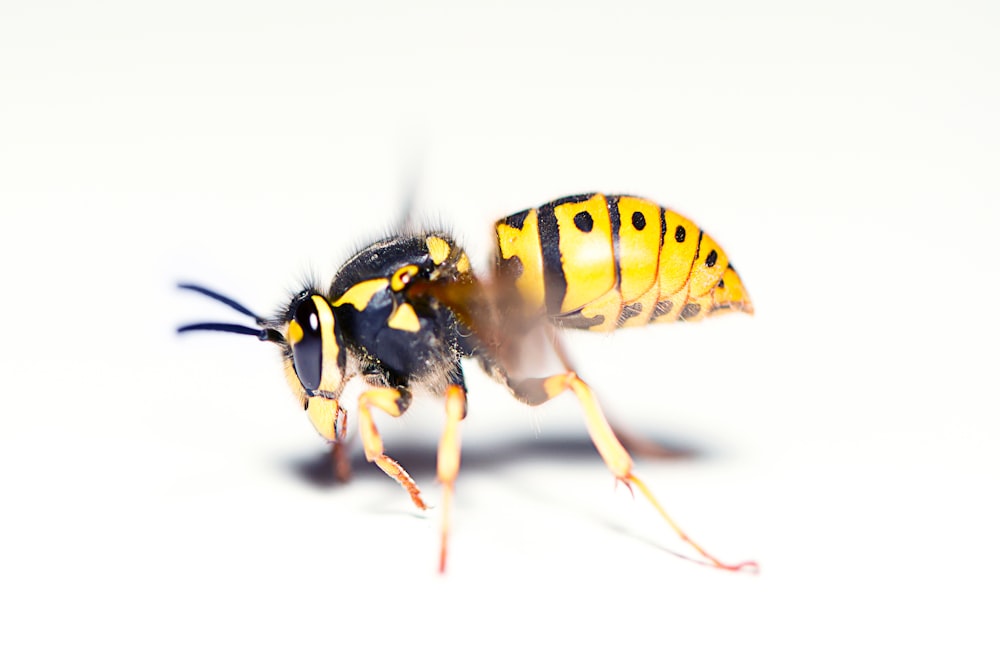We know how annoying it can be when ants damage your food trees. The worst thing about an ant infestation is that ants come in huge numbers.
But, is there any way to stop a whole army of ants once and for all?
How should you go about keeping ants off your fruit tree?
Stick to this article to get your answer.
Ants stand no chance against the extermination techniques you will learn today.
You will successfully keep ants off your fruit trees using sticky traps, effective sprays, and many other proven techniques.
Those pesky ants are praying you don’t read till the end of this guide!
After all, why should an ant (even if it’s cute) get to eat from your peach tree?
What Attracts Ants to your Fruit Trees?
Before we jump to the methods to get rid of ants, we must know what attracts ants to your fruit trees.
So what attracts insects to your fruit trees?

Ants love sugar, and fruit trees have lots of it.
They can smell the fruit from afar, not with their nose but with their antennae.
They can smell better than humans.
Ants tend to find bits and pieces of food before we do.
Lifting and transporting sugar we didn’t know was spilled on the floor.
Which Fruit Tree Do Ants Attack
Most fruit trees and plants.
Ant-favorites are citrus, apricot, cherry, and other trees that bear any fruit.
Fructose is the most common type of carb found in fruit, and it smells exactly like sugar, which is why ants are attracted to it.
Some unique Citrus trees produce not just regular lemons and oranges, but an interesting fruit called the Budhha’s hand.
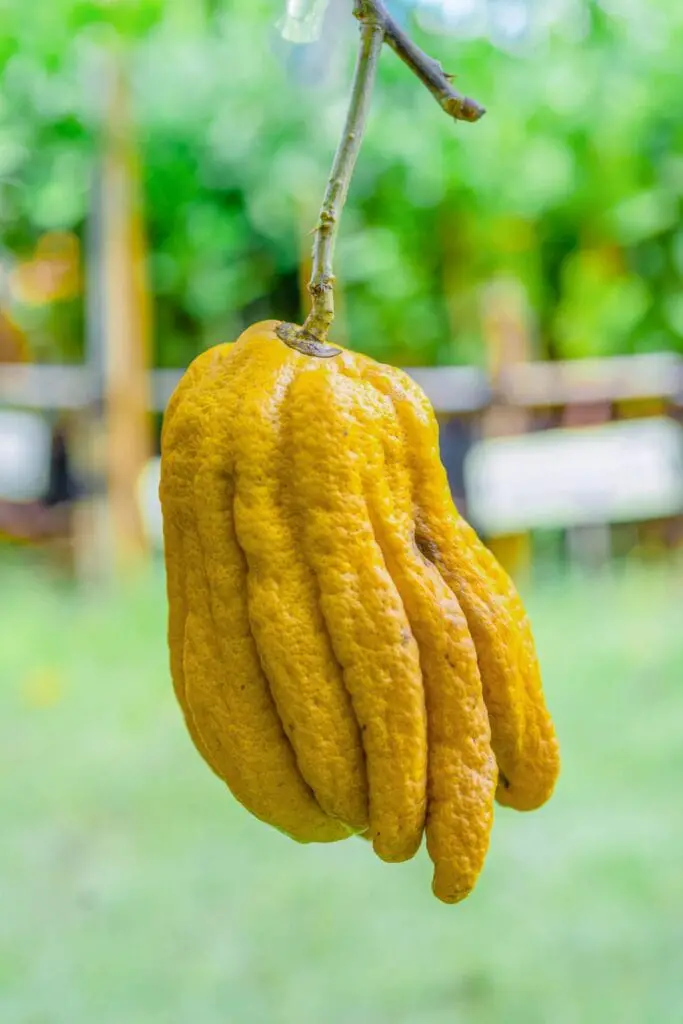
Special care is required to protect the trunk of a tree from carpenter ants.
Your peach and citrus trees are sources of multiple vitamins essential for a healthy human diet (and a healthy ant diet, unfortunately).
So we must win this ‘battle for food on the ant hill and at the tree trunk! (Or from a distance, in case of fire ants).
How Do Ants Damage Fruit Trees?
The most common way ants damage fruit trees is by partnering with other insects.
A pest partnership (more commonly known as Symbiosis).
Ants collectively act as an insect shield protecting a range of other pests while the Aphids feed.
Ladybirds usually kill almost all Aphids if they create nests, but not when ants are in town. (Reading on Aphids)
Aphids get free reign to suck out the essential fluid from the leaves and saps and are attracted to ant-infested trees.
It causes the leaves and branches to appear darker, wilted, and discolored.
In return, Aphids provide honeydew for ants.
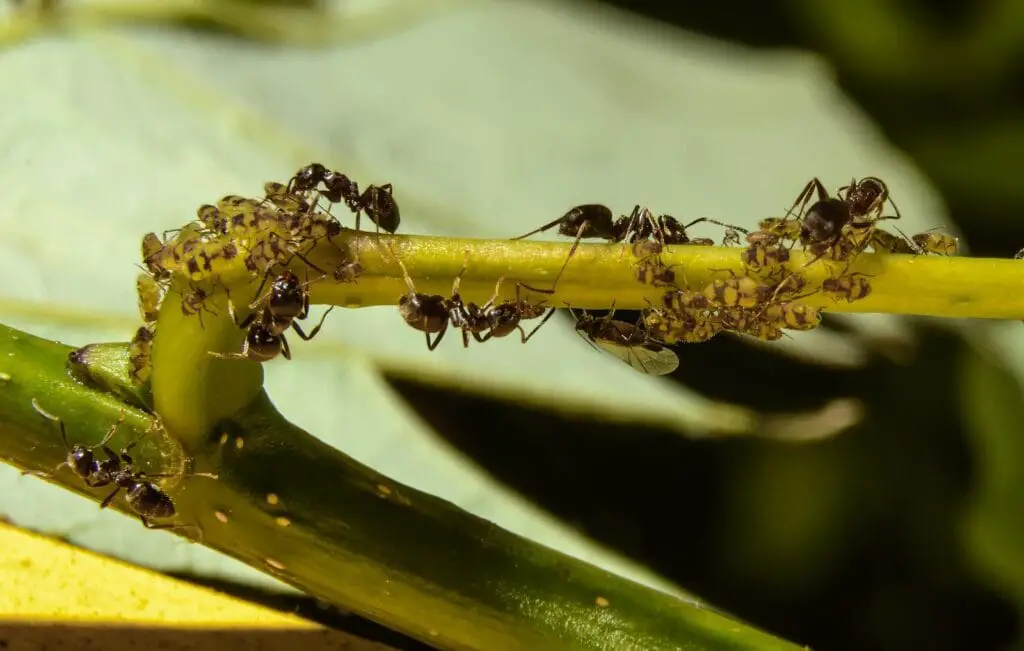
Honeydew is a favorite among ants, a common ant feed.
Sounds like a win-win for them, right? We beg to differ.
If you are a gardener, you are at the front lines to keep ants at bay, no matter the ant species.
Our techniques below will rid ants and other pesky insects and prepare you for the next fruit season.
To keep your garden and trees producing fruit like this.

Have no fear, for they have no idea about our plans to use their sneaky antennae against them (we have some sticky material in the making below).
Your citrus and peach tree will regain their former, insect-less glory!
No ant species can stop us!
Steps to get rid of an ant infestation:
- Wear appropriate gear.
- Preparation of ant bait using boric acid.
- Place ant bait around affected trees.
- Use ant pesticide on ant hills and colonies (add water).
- Use soapy water.
- Use liquid moat around trees.
- Wrap tape around trees.
- Find the bonus measure mentioned below!
Appropriate Gear for Dealing with An Ant Infestation
Wear your hat, a full-sleeved shirt, a pair of gloves, socks with shoes on, and a badge (optional) that says “Save the Peachtree.”
Scout and count all the visible locations of ant hills and ant colonies (some of those sneaky pests might be hiding in the grass).
Check for nests of carpenter ants in your young trees and fire ants climbing up the trunk of a tree.
How to Prepare An Ant Bait
- Eight teaspoons of sugar.
- Two teaspoons honey
- One glass of hot water
- One teaspoon of boric acid
Mix the above ingredients and put them into multiple liquid containers based on the locations identified.
Scale it with the proportions above if you need a high quantity of bait.
Ants are attracted to the sugar and honey (their food source) in the above recipe, and the teaspoon of the acid kills ants.
Stick and small cardboard with an opening so the mixture doesn’t evaporate but has enough room for ants to crawl in.
Boom! Ant Traps!
[amazon box=”B00E4GACB8″]
How To Use An Ant Bait Correctly
Place these ant baits in the soil near the ant hills and colonies and around the trees. They could be placed in a circular design to cover more ants that target that particular tree.
Ideally, place the ant baits near the wall of your house (for the carpenter ants) and near indoor plants.
This technique will protect them if the ants scatter after implementing all our processes.
If you can remember where the ants initially came from, such as a crack in the backyard walls, you can also place the ant bait there.
Furthermore, you can also slightly tweak the proportions above if you think it needs to be optimized.
If you do not see enough ants going for your ant bait, add some more honey or sugar to it.
How to Use an Ant Pesticide
If you have purchased pesticides for insects, we can use that too.
Sprinkle pesticides on the ant hills and the ground around them, and add water. Spread it all around the ant hills and encircle the trunk of a tree with it.
Scale it up if there are similar ant hills outside your garden.
In a completed circle, you can also make a pesticide boundary around the trees.
This circle will make it difficult for ants that didn’t get caught in the aim bait, didn’t get killed in the pesticide attack on their nest, and decided to venture out for your citrus trees.
How To Make an Ant Spray
- Boil water
- Fill a bucket with 1/3 liquid soap.
- Add boiling water and mix.
- Mix until you have a uniform, soapy water.
- Fill soapy water in the empty bottles.
How to use Ant Spray
- Spray directly at ants (especially fire ants from a distance).
- You can find the ants climbing up your favorite citrus tree (which could be the Argentine ant’s species) or the young trees (which might have carpenter ants).
- Spray directly at ant colonies, hills, and then at the ones hiding in the grass and plant debris. Use it more often if you find an Argentinian ant.
- Some of the ants might have ventured into your house too. Inspect the walls and especially anything made of wood. You can find carpenter ants on wooden walls and furniture.
Be very careful of the fire ant population – those critters bite! The fire ant’s bite hurts a lot.
[amazon box=”B00BCXSB5U”]
How to Protect Fruit Trees with Duct Tape
Here’s how you can protect trees with duct tape:
- Wrap duck tape in multiple layers so the sticky side is exposed.
- Wrap it in different areas around the tree, especially at the trunk
- Cover the stems near the roots for new and budding trees.
This technique is a great preventative measure to prevent ants from getting to your fruit.

Using it around trees not yet affected is also a good idea. An aggressive Argentine ants colony spreads fast and causes great harm!
If you’re dealing with fire ants, follow the other methods before employing this one.
Make a liquid moat around trees as a preventative measure and an additional defense for the trees. Fortunately, ants can’t swim.
Like the technique above, constructing a moat around trees that are not yet affected would be a good idea to prevent further infestation.
[amazon box=”B0000DH4ME”]
Bonus tip to rid your garden of ants
As a long-term solution, consider planting tansy flowers around the outer boundary of the garden. Ants hate this flower.
So we love them.
Tansy flowers will look beautiful in your yard too.
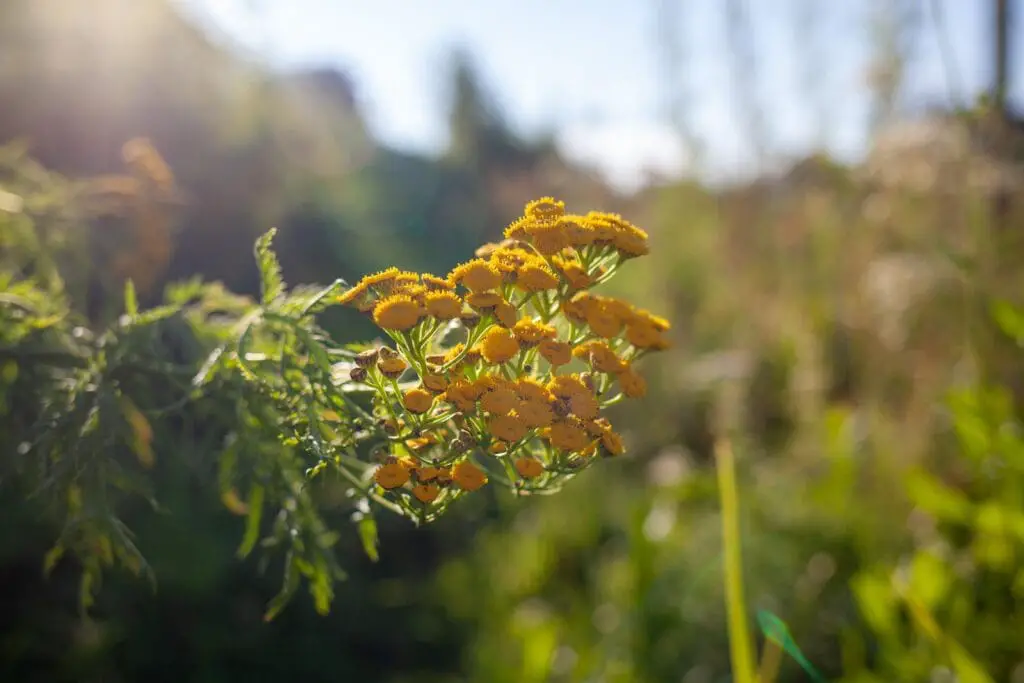
Planting them in a line around the outer walls or a peach tree (sweet color combination) would give a perfectly symmetrical look.
They can help the bees with nectar production. Also, bees can attack ants invading the buds of your smaller plant.
On the plus side, they can be a reminder of your efforts and a story to tell your friends.
How to Tackle the Insects Feeding Problem in the Future
So, you have applied the techniques above and, hopefully, with great success.
But you may be wondering, is there a permanent fix to this problem?
Well, you can re-look at this guide ahead of fruit ripening season next year to prepare.
It would be an excellent preventative measure to have ant bait ready before the season and strategically placed on the garden corners.
It is important to remember that not all insect pests are harmful.
Here’s an interesting fact: Parasitic wasps kill ants by putting the wasp babies in the ant body.
Best season to target Argentine ants
Ant bait can bait argentine ants with the baiting techniques during Spring when the ‘worker’ ants kill the ‘queen’ ant.
At this point, the colony is in a weakened state where reproduction is slowed.
Prepare bait before this time and store it for use.
So among the types of ants, the argentine ant is notorious for its ability to harm citrus trees.
If they are successful and left unattended, argentine ants kill the citrus trees.
Their colonies coordinate with each other.
We recommend launching a combined attack on all colonies with the techniques above.

Birds: Natural predators of ants
There are many species of birds that are the predators of ants. If you spot any Wren bird, it is a good idea not to shoo it away.
And they’re kind of cute.
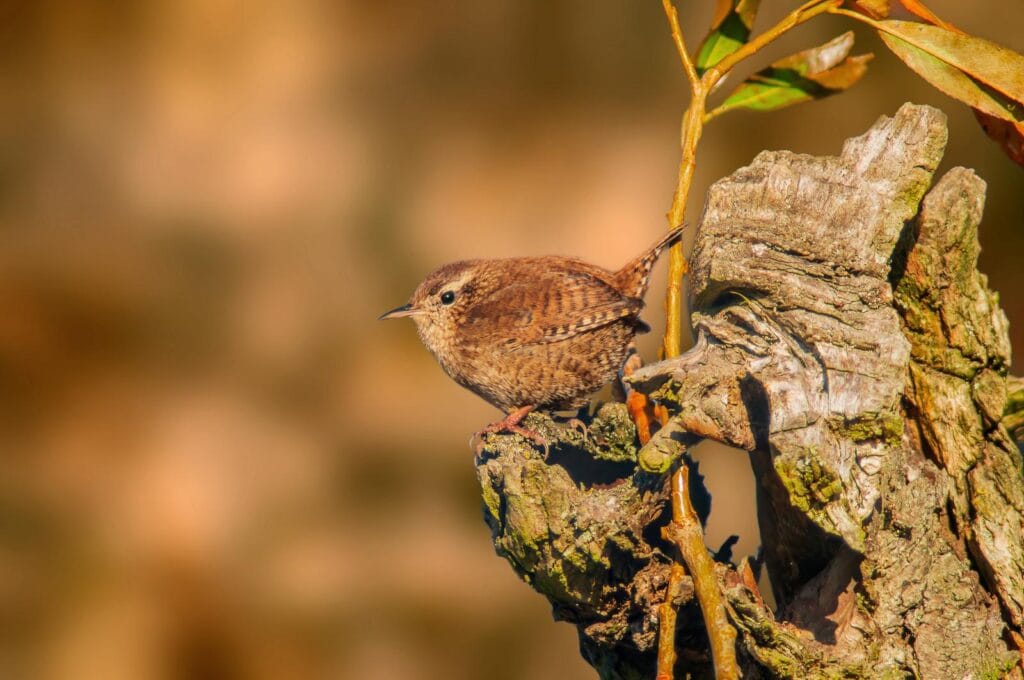
They love to feed on ants. Other natural predators of ants are beetles, spiders, and the anteater. (Reading on Ant Eaters)
When the ant feels in danger, it releases chemicals to prevent it from being eaten, but the clever birds rub the chemical off on their feathers.
So our ant baits are designed with that in mind.
Other insects you see around the house, in your garden, and on your trees, such as beetles, keep ants away naturally.
They take the ants on a walk, and the ants never return. Strange, but we love it.
Do you have an ants species feasting at your fruit tree and plants in the backyard while you read these words?
Rest assured, the implementation of the techniques above will kill ants and their colony.
How effective is boric acid
These types of bait have yielded the best results in that they kill the ants, stop them from reproducing and repel ants from the area.
This includes the tough to get rid of the Argentine ant.
It does all of this while not hurting beneficial insects or other trees in your garden.
You can install this bait near your fruit tree or a high-volume colony to control pest infestations.
It is trusted by many gardeners to protect the trees they love.
Boric acid is amongst the group of other chemical pesticides and could have harmful effects on your plants.
But trust me, it will get rid of ants, even the Argentine ant, in a hurry.
Final Thoughts on Protecting your Fruit Trees from Ants
The battle between ants and insects is a continuous fight full of moats, ant bait, sprays, and duct tape!
For now, your favorite fruit tree can rest easy from all the ants, all thanks to you!
Other information that goes over essential ant deterrence can be found here in these articles:
- Keeping Ants Away With Plants
- Keeping Ants Off Hummingbird Feeder
- Taking a Queen Ant from Her Nest
- Keeping Ants Away From Your Dogs Food
- How To Keep Ants Out of Your House
- What Diseases Do Ants Have?
You and all the gardeners out there deserve a round of applause.
For the patience, dedication, and effort to maintain healthy trees and produce safe fruit.
